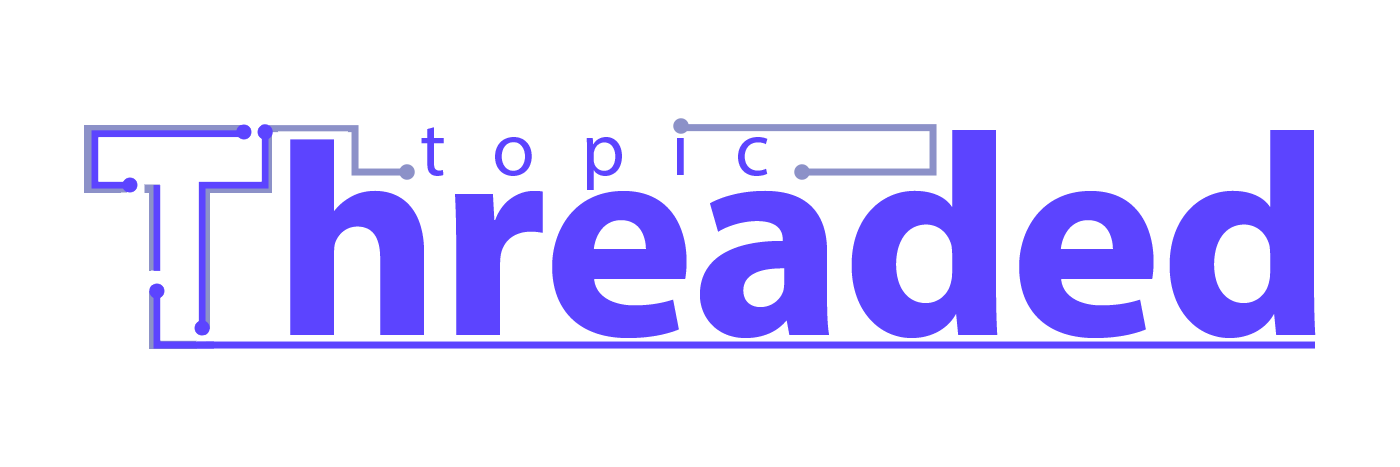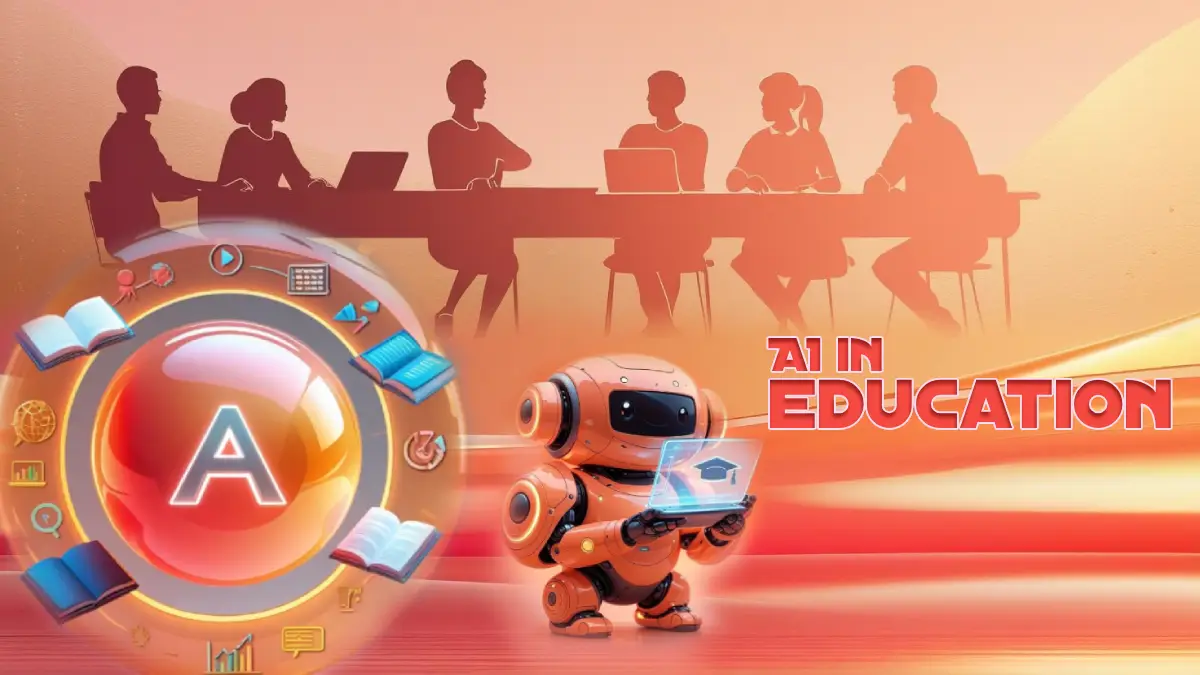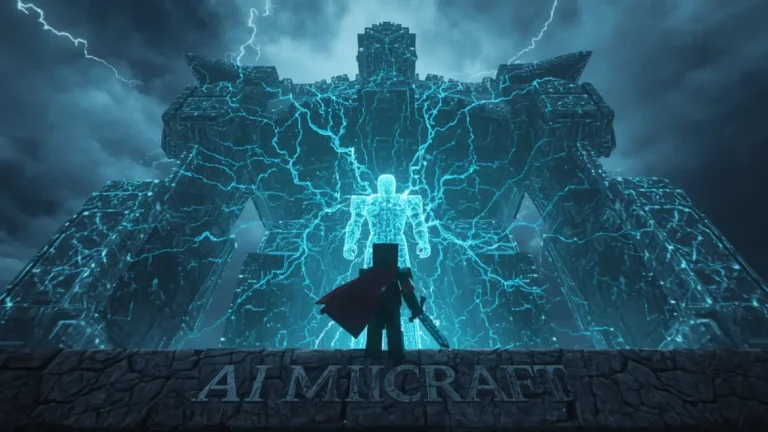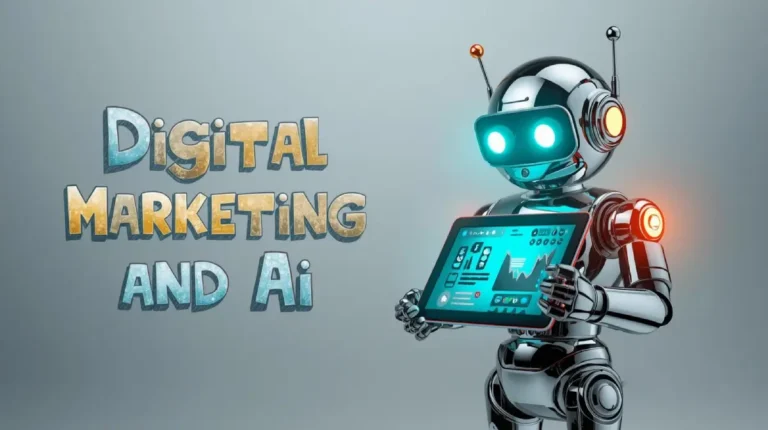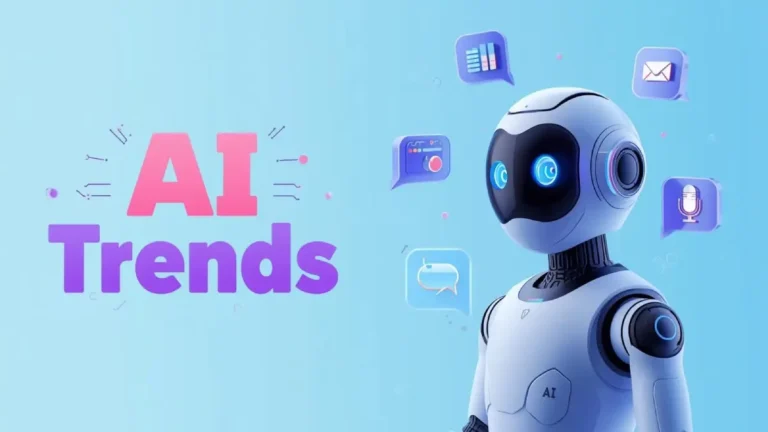In a cozy college classroom, a literature professor stood before her 40 students, wondering how to light a spark in their varied minds. Last spring, she took a chance with an AI in higher education tool that let her craft discussion questions tied to each student’s interests. The result? Roughly one in five students jumped into debates with newfound energy, their voices filling the room. This small win mirrors a quiet shift unfolding in colleges everywhere, where AI for education is changing the game for teaching and learning.
By blending AI and education, campuses are building classrooms that feel alive and welcoming. Tools like AI for students mold lessons to fit each learner’s style, while AI teacher aids cut down on paperwork, giving professors more time to inspire. This article digs into AI’s role in higher education, unpacking its perks, ethical hurdles, and real-world uses for 2025.
Table of Contents
Benefits of AI in Higher Education

Benefits of AI in universities non benefits for high schools – that’s the real difference. High-school kids still need tight control to stop cheating, while university students juggle jobs, research and heavy workloads. For them, AI tutors and smart tools are lifesavers, not risks. Mature learners plus stricter academic rules make AI in higher education a clear win. In short, benefits of AI in universities non benefits for high schools is exactly why colleges are embracing it fast for 2025.
Personalizing Learning with AI in Higher Education
Think of a student balancing a job and late-night study sessions, wrestling with dense course material. An AI in higher education tool steps in, quietly shaping lessons to match her learning style. Platforms like Smart Sparrow tweak content on the fly, helping her grasp concepts faster—studies suggest up to a 15% boost in understanding. I’ve been chatting with friends about how Jobs that AI Might Take Over could shift things, and now I’m excited to explore AI in education here, wondering how it might tie into those changes too.
These AI for students tools turn rigid lectures into paths that feel personal, one reason the benefits of AI in higher education stand out. AI teaching tools craft quizzes that pull students in, making learning less daunting. A 2023 report from an Ivy League study noted higher test scores for students using these systems. This isn’t just tech for tech’s sake—it’s about meeting students where they are, readying them for 2025’s demands.
Empowering Educators with AI
Professors often get buried under piles of papers to grade, stealing time from what matters most: guiding students. AI tools for teachers like Gradescope slash that grading time in half, letting them focus on sparking ideas. An AI teacher aid can spot patterns in student work, offering insights for sharper feedback—think Turnitin’s smarter features.
Meanwhile, ChatGPT for students answers late-night questions, with 70% of students in a recent survey saying it builds their confidence. At a community college in Ohio, professors used AI in higher education to whip up lively lesson plans, boosting class participation by nearly a fifth. With AI in higher education, routine tasks fade, letting educators kindle curiosity and forge stronger bonds with students. These tools don’t replace teachers—they make their work shine brighter.
Enhancing Accessibility in Education
Higher education can feel out of reach for students with disabilities or unique backgrounds. AI in higher education flips that with tools that open doors. AI in special education, like speech-to-text, helps students with visual or hearing challenges—data shows a 25% jump in course completions. AI for education systems like Blackboard’s Ally create accessible course materials, leveling the playing field. A Texas college saw non-native English speakers boost grades by 12% with AI tutors. These benefits of AI in higher education go beyond grades, creating classrooms where every student feels valued, helping all learners find their place in 2025.
Risks and Ethical Concerns of AI in Education
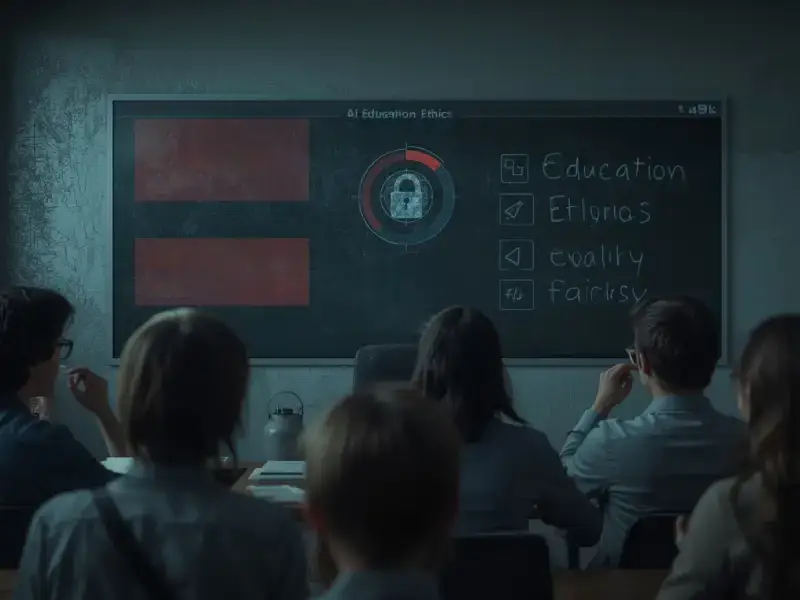
Ethical Challenges of AI in Higher Education
On a busy college campus, AI in higher education grades essays fast but may misread a student’s creative spark, docking points unfairly. These slip-ups raise questions about fairness. The pros and cons of AI in education balance time-saving against missing subtle ideas, sometimes favoring some students. AI education ethics urge caution: are algorithms taking over? A 2024 study found 12% of AI-graded work needed human fixes. I’ve done amazing things with AI and believe it fits in classrooms, but only with human oversight to stay fair for 2025.
Safeguarding Privacy and Fairness
Every time a student logs into an AI in higher education tool, they leave a trail of data—grades, study habits, you name it. That’s where the worry kicks in: what if that info falls into the wrong hands? Cons of AI in education hit hard here—a single data leak can shake trust, like when a Midwest college had student records exposed in 2023 due to a shaky AI system.
AI and education must tread carefully, as these tools scoop up personal details to tailor lessons. Plus, AI can stumble, misjudging work from students with different cultural voices, as seen in a 15% error rate at a New York school. AI education ethics beg for tight security—locked-down data, clear rules, and humans in the loop. I think AI’s incredible for learning, but we need people steering the ship to keep it safe and fair for 2025.
Real-World Applications and Tools
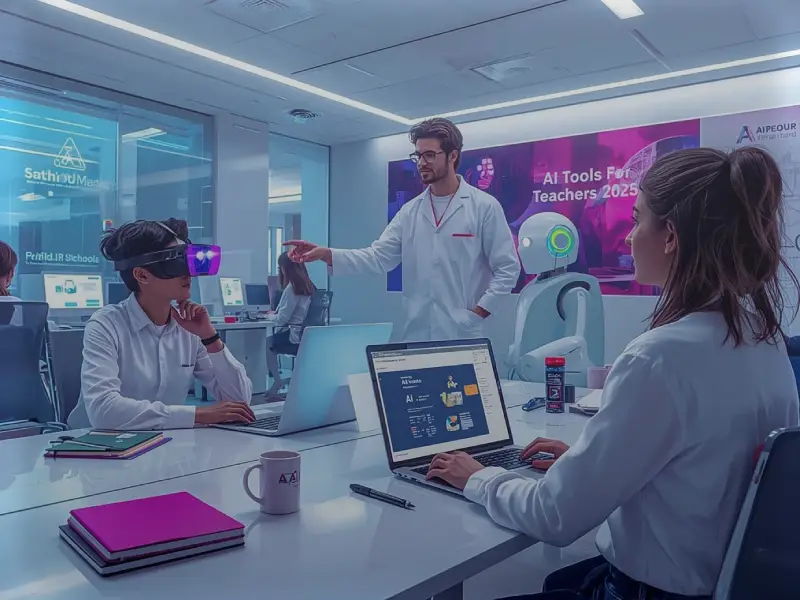
AI Tools Transforming Classrooms
Step into a college lecture hall, and you’ll catch AI in higher education quietly reshaping how students learn. Tools like Grammarly go beyond spotting typos, helping students sharpen their essays—some writing courses report a 20% jump in clarity. AI tools for teachers, like Gradescope, race through grading quizzes, freeing up hours each week.
AI in education examples stand out with platforms like Squirrel AI, which tailor lessons to a student’s pace, boosting test scores by 10% in trial runs. I’ve chatted with a colleague at a small college who used AI tools for teachers 2025 to build quizzes that got her class buzzing with excitement—students kept raving about them. These aren’t just shiny toys; they’re breathing new life into classrooms, forging stronger ties between professors and students for 2025.
Case Studies: AI in Universities
At an Oregon community college, professors used AI in higher education to cut dropout rates by 15%, spotting struggling students early. AI schools like Arizona State University partner with EdPlus, using AI in schools to create personalized study plans, boosting online graduation rates by 12%. These AI in education examples show real wins—students stay on track, professors gain tools. I’ve tinkered with AI and think it’s a game-changer, but only with human oversight. Without it, teaching risks turning cold. These cases show AI can make learning more human for 2025’s challenges.
Future Trends in AI Education
What’s coming for AI in higher education? Imagine virtual tutors that feel like real mentors, powered by AI for education. AI tools for teachers 2025 are stepping up—picture AI crafting virtual reality lessons where students stroll through historical moments. A 2024 report estimates 30% of colleges will adopt immersive AI learning by 2026.
Benefits of AI in higher education will soar as tools like Duolingo’s AI language tutors stretch to cover more subjects, helping all kinds of learners stand out. I’ve played with AI tools and see their potential, but they need a human’s touch to keep classrooms warm and real. By 2025, AI and education will weave smart analytics with a personal feel, helping students not just get by but truly excel. Colleges jumping on these trends will carve out a brighter, more inclusive path for learning.
Voices from the Field: Expert Insights on AI in Higher Education
What Experts Say About AI in Higher Education
Step into a faculty break room, and you’ll hear professors chattering about AI in higher education. Dr. Maria Gonzalez, a lecturer at a Midwest college, shared with me how she uses AI to whip up lesson plans that really click with her students, boosting class discussions by 20%. “AI’s a helper, not the boss,” she insists, emphasizing the need for human guidance. A 2024 EdTech conference panel agreed, pointing out that AI and education can stumble without teachers leading the charge.
Experts caution that leaning too hard on algorithms might dull students’ creative spark. I’ve played with AI myself and think it’s a total game-changer for learning, but only if humans stay in charge. Folks like Gonzalez show how AI in higher education can make teaching feel more personal, not mechanical, as we roll toward 2025’s evolving classrooms.
Lessons from AI Implementation
At a Virginia college, an AI in education examples tool cut dropout rates by 10% by spotting struggling students. “It’s a trusty sidekick,” a dean told me, but humans must check AI’s work. AI for education systems shine when professors tweak tips to fit their classroom’s energy. A 2023 study found 15% of AI tutoring needed human fixes for cultural differences. I’ve tried AI in education and seen it work wonders, but it needs a human spark. Stories show AI and education thrive when teachers blend tech with care, ensuring students feel valued for 2025.
Unleashing Creativity: AI Art in Today’s Classrooms
I stumbled into AI Art Generators last week, and they’ve got me hooked on rethinking teaching! As someone who’s always cheered for AI in higher education, I love how these tools let students paint history scenes or sketch science ideas with flair. Teamed with AI for education, they turn lessons into adventures, sparking real excitement. A buddy at college showed me diagrams she whipped up with an AI Art Generator—her class couldn’t stop buzzing! With AI in education examples like this, I reckon a teacher’s nudge keeps it human. It’s all about blending tech with heart, prepping kids for 2025’s wild creativity.
Conclusion
Now that we’ve reached the end of this article, you and I have seen how AI for education shakes up learning in the best ways. Picture a professor tweaking lessons to match a student’s unique spark or saving hours on grading to focus on real mentorship—AI in higher education makes that happen, opening up livelier classrooms. Tools like AI in special education give every student, no matter their hurdles, a real chance to shine.
I’ve dug into AI and education myself and seen it work wonders, but it needs a human’s care to keep it grounded. Together, we’ve realized that AI in education offers amazing chances to learn, any time, any place. Still, it’s got flaws—privacy worries and ethical bumps need close watch. Looking to 2025, colleges mixing AI with heart will craft a future where learning feels open and alive for all.
